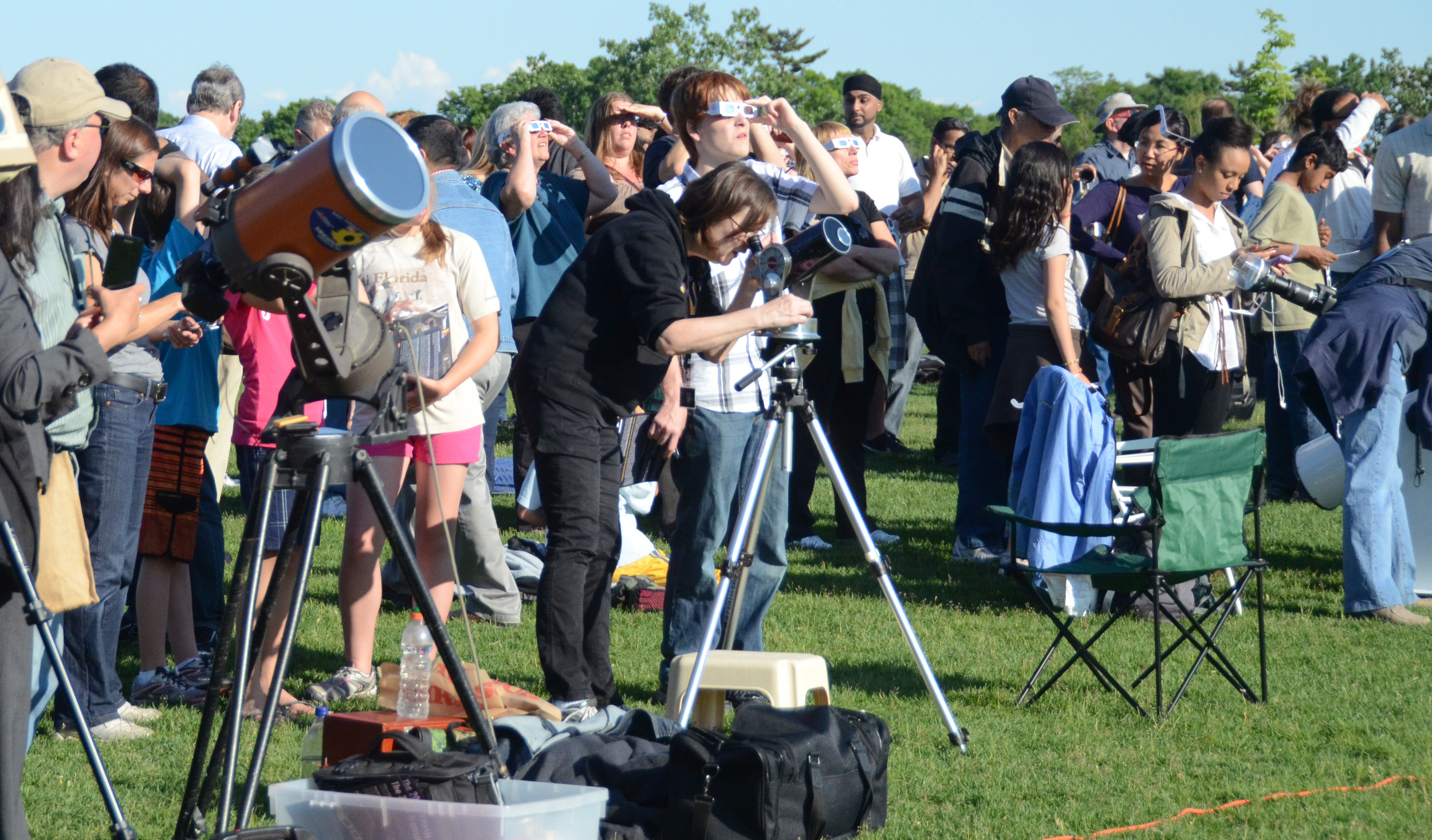MISSISSAUGA — A Mississauga organization that works to provide educational programs to residents about astronomy and the wonders of space has started a crowd funding campaign with the goal of raising $100,000 to purchase a portable, digital planetarium for the city.
Randy Attwood, president of the Earthshine Astronomy and Space Science Organization, started the campaign at indiegogo.com in hopes that the community will step up and help fund the purchase of the planetarium. After that, they'd like to establish a home for the facility.
"We think the time is right to start down the road to getting a planetarium," said Attwood. "We're starting out small to prove there's interest out there for something like this."
The portable planetarium is inflatable and could hold about 30-40 people. The projector inside would project a representation of the night sky and, as Attwood said, "transport the viewer on a virtual trip through the solar system."
It would have both educational and entertainment purposes.
Earthshine has worked with the Mississauga branch of the Royal Astronomical Society of Canada to run various public astronomy programs for a decade and frequently hosts night viewings at Riverwood Park. Attwood said they often get between 200 and 250 people out to their events and there's considerable interest from the community about astronomy and space.
If the planetarium plan comes to fruition, they hope to provide programming for schools, students, families, individuals and community groups.
As of Thursday (Oct. 3) afternoon, $1,000 had been raised through the website. To donate, or to find out more, visit Indiegogo Planetarium Fundraising Campaign.
The campaign continues until Nov. 22. The planetarium is expected to cost about $60,000 with the remainder to be used for programming, content creation, operations and marketing.
Attwood is hopeful that community members who wistfully remember trips to the now defunct McLaughlin Planetarium in Toronto during their youth will pony up a bit of dough to bring a planetarium to Mississauga.
"We've been thinking of ways to fund (a planetarium) for awhile and I'm optimistic we'll be able to do it through Indiegogo," said Attwood.
|

















